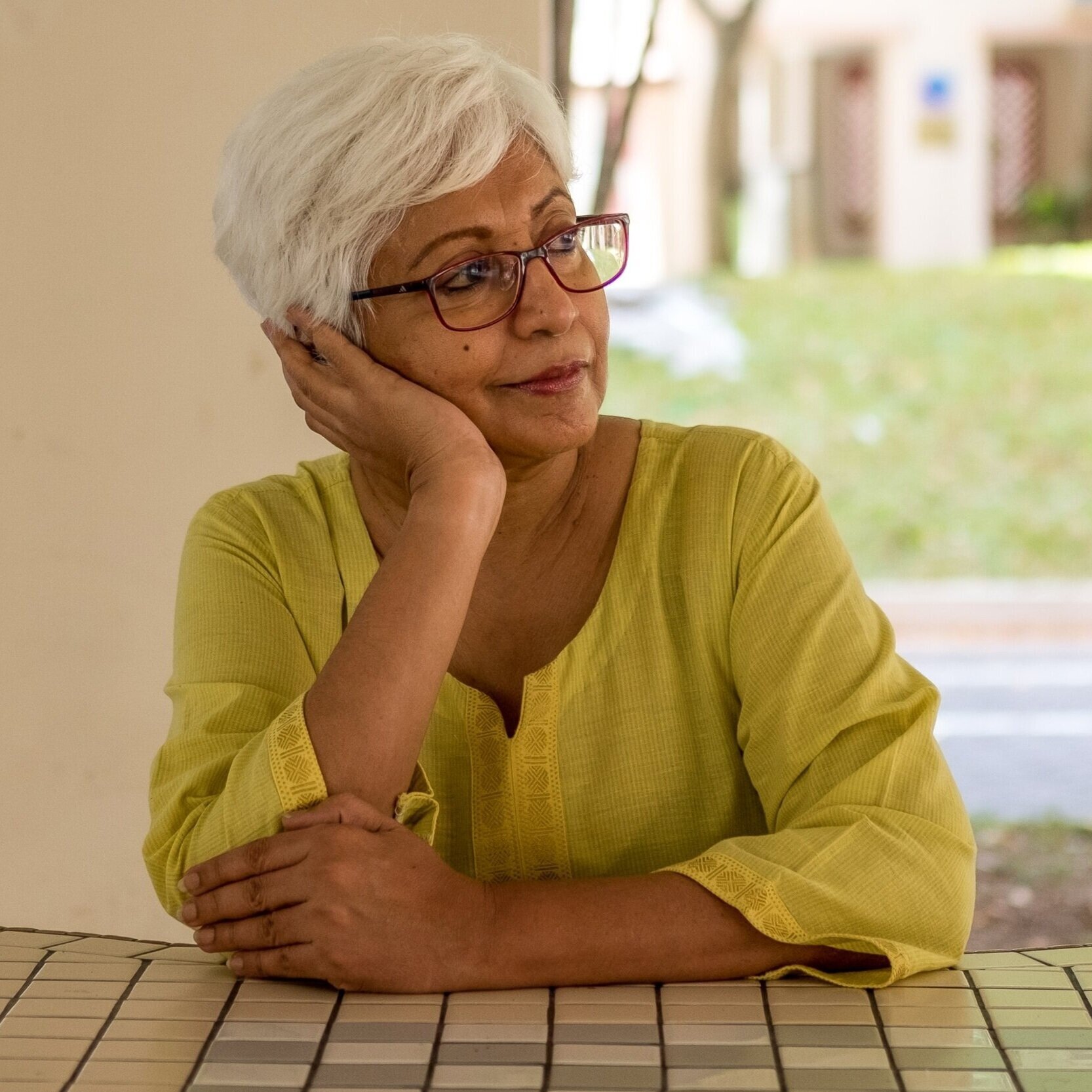Over 20 million people visit their physician’s office each year with complaints from arthritis – and that number is growing. By 2040, it’s estimated that 78 million Americans will have doctor-diagnosed arthritis.
When we use this term “arthritis” we are most often referring to osteoarthritis, also known as degenerative joint disease, and this type makes up more than half of the above statistics. However, it’s important to realize that there is a second primary type called rheumatoid arthritis. The two are very different, but do have some similarities in symptoms and treatment.
Both types of arthritis affect the joints and can result in stiffness, pain, inflammation, and swelling. The big difference comes in the underlying cause of the disease.
Osteoarthritis (OA) is the most common form and involves the wearing away of cartilage that caps the bones in your joints. It’s a result of wear and tear over time.
Because of this, the symptoms usually occur in weight bearing joints and those you use most often like the hips, knees, and spine. These symptoms are also usually on just one side. The primary issues with OA include pain, swollen joints, impaired mobility, decreased movement, or grinding noises in the joints.
Rheumatoid arthritis (RA) is an autoimmune disease and can occur at any age or stage of life. With RA, your immune system sees your joints as the enemy and launches an attack on them. Where as a healthy immune system would only attack invaders like bacteria or viruses.
As a result, the synovial membrane that protects and lubricates the joints becomes inflamed, causing pain, swelling, and eventually joint damage. This usually starts in smaller joints and can affect both sides of the body equally.
In either case, joint pain can limit a persons ability to participate in their favorite activities, interrupt sleep, cause depression or fatigue, and significantly reduce quality of life. And in neither case do we have a “cure” to make the disease or degeneration disappear. However, there is a lot that can be done to halt the disease, decrease pain, and get a person back to living their best life.
Although prescription drugs, injections, and even surgery may be offered, we believe in finding solution whenever possible that are non invasive and free from side effects. Here are our top 5 arthritis solutions that we find have the most impact on pain control and quality of life.
Continue reading